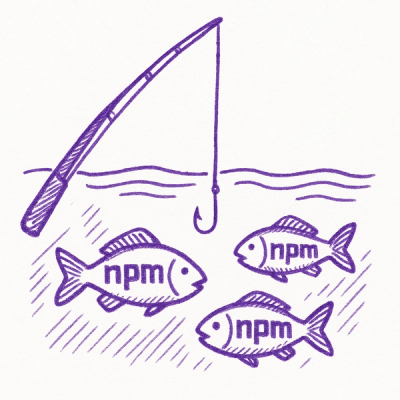Getting started
This API will provide latest information of current weather
How to Build
You must have Python 2 >=2.7.9 or Python 3 >=3.4 installed on your system to install and run this SDK. This SDK package depends on other Python packages like nose, jsonpickle etc.
These dependencies are defined in the requirements.txt file that comes with the SDK.
To resolve these dependencies, you can use the PIP Dependency manager. Install it by following steps at https://pip.pypa.io/en/stable/installing/.
Python and PIP executables should be defined in your PATH. Open command prompt and type pip --version.
This should display the version of the PIP Dependency Manager installed if your installation was successful and the paths are properly defined.
- Using command line, navigate to the directory containing the generated files (including
requirements.txt) for the SDK.
- Run the command
pip install -r requirements.txt. This should install all the required dependencies.

How to Use
The following section explains how to use the OpenWeatherApi SDK package in a new project.
1. Open Project in an IDE
Open up a Python IDE like PyCharm. The basic workflow presented here is also applicable if you prefer using a different editor or IDE.

Click on Open in PyCharm to browse to your generated SDK directory and then click OK.

The project files will be displayed in the side bar as follows:

2. Add a new Test Project
Create a new directory by right clicking on the solution name as shown below:

Name the directory as "test"

Add a python file to this project with the name "testsdk"

Name it "testsdk"

In your python file you will be required to import the generated python library using the following code lines
from open_weather_api.open_weather_api_client import OpenWeatherApiClient

After this you can write code to instantiate an API client object, get a controller object and make API calls. Sample code is given in the subsequent sections.
3. Run the Test Project
To run the file within your test project, right click on your Python file inside your Test project and click on Run

How to Test
You can test the generated SDK and the server with automatically generated test
cases. unittest is used as the testing framework and nose is used as the test
runner. You can run the tests as follows:
- From terminal/cmd navigate to the root directory of the SDK.
- Invoke
pip install -r test-requirements.txt
- Invoke
nosetests
Initialization
Authentication
In order to setup authentication and initialization of the API client, you need the following information.
| appid | App key for authentication |
API client can be initialized as following.
appid = '178db63aed00f6e4daaa06009b04438b'
client = OpenWeatherApiClient(appid)
Class Reference
List of Controllers
 WeatherAPIsController
WeatherAPIsController
Get controller instance
An instance of the WeatherAPIsController class can be accessed from the API Client.
weather_ap_is_controller = client.weather_ap_is
 get_weather_by_city_name
get_weather_by_city_name
This is a weather API endpoint which returns the current weather of a location by city name.
def get_weather_by_city_name(self,
q,
mode=None,
units=None,
lang=None)
Parameters
| q | Required DefaultValue | City name, state code and country code divided by comma, use ISO 3166 country codes. |
| mode | Optional | Response format. Possible values are xml and html. If you don't use the mode parameter format is JSON by default. |
| units | Optional | Units of measurement. standard, metric and imperial units are available. If you do not use the units parameter, standard units will be applied by default. |
| lang | Optional | You can use this parameter to get the output in your language. |
Example Usage
q = 'London,uk'
mode = MODEEnum.XML
units = UNITSEnum.STANDARD
lang = LANGEnum.AF
result = weather_ap_is_controller.get_weather_by_city_name(q, mode, units, lang)
 get_weather_by_latitude_and_longitude
get_weather_by_latitude_and_longitude
This is a weather API endpoint which returns the current weather of a location by latitude and longitude.
def get_weather_by_latitude_and_longitude(self,
lat,
lon,
mode=None,
units=None,
lang=None)
Parameters
| lat | Required | This field will contain the latitude of city |
| lon | Required | This field will contain the longitude of city |
| mode | Optional | Response format. Possible values are xml and html. If you don't use the mode parameter format is JSON by default. |
| units | Optional | Units of measurement. standard, metric and imperial units are available. If you do not use the units parameter, standard units will be applied by default. |
| lang | Optional | You can use this parameter to get the output in your language. |
Example Usage
lat = 153.954397139118
lon = 153.954397139118
mode = MODEEnum.XML
units = UNITSEnum.STANDARD
lang = 'lang'
result = weather_ap_is_controller.get_weather_by_latitude_and_longitude(lat, lon, mode, units, lang)
Back to List of Controllers

 WeatherAPIsController
WeatherAPIsController get_weather_by_city_name
get_weather_by_city_name

